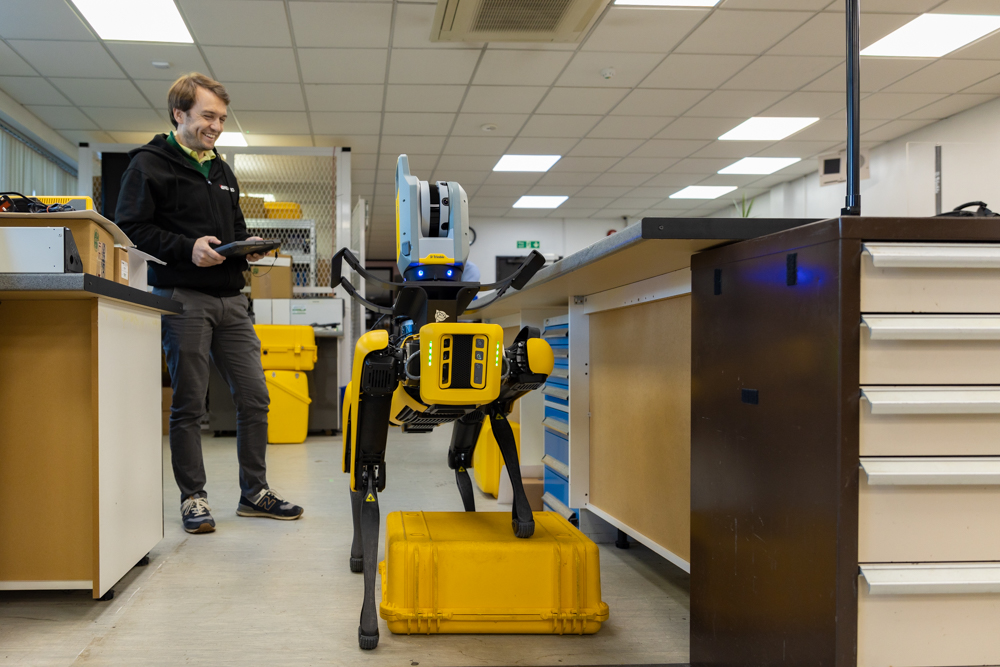Published: 13 Aug 2025
After students have caught their breath from exam season and enjoyed a well-earned break, it’s time for them to make some big decisions. Results season is upon us and it’s a moment for seizing opportunities and planning out future career paths. In this article, we’re going to look at the next steps for students who have a desire to work in the surveying profession and one of the ways for them to ‘earn while they learn’, as apprentices on the path to become a surveyor.
Recognising potential
It’s often presumed that you need formal surveying qualifications to become a surveyor, but this isn’t always the case. One path is to apply for a trainee position at a surveying company. Employers will often recognise potential in candidates and put them forward for apprenticeship roles. August results season means that many 16 and 18-year-olds will be currently looking at their options and may be exploring the appeal of professions such as surveying – so it can be pretty competitive, which employers need to remember.
Equally rewarding
Apprenticeships can be rewarding both for the candidate themselves and also for their employer. Having the opportunity to learn from professionals with a great deal of experience is a major plus of becoming an apprentice. But by the same token, having a new apprentice can bring focus to an existing business and invigorate current staff. Apprentices can help businesses move with the times and also prepare for the future, with new blood bringing new enthusiasm and ways of thinking. Apprentices of school and college age may be more au fait with the latest mobile technologies, and these are becoming an increasingly important part of the workplace. Issues like data sharing and communication advances in surveying over the last two decades are continuing in the digital age. And of course, apprenticeships contribute to the continuation of a business’s legacy into the future.
Balanced learning to become a surveyor
One of the great appeals of apprenticeships is that the learners will be attending a course for part of their time (either on a day release, or block release basis), so the onus for training isn’t placed totally on the business all the time. Every apprenticeship is built around a government-approved standard, which sets out the knowledge the student will gain, the skills they will develop and the behaviour they are expected to demonstrate in their role. Those most relevant to survey companies are the Level 3 Geospatial Survey Technician and the Level 6 Geospatial Mapping and Science Specialist Degree Apprenticeship.
Apprentices learn skills at a college, university or training centre, and then implement them in the workplace, providing the perfect balance between learning and earning. Apprenticeships also address the skills gap, at a time when there is a huge shortfall in skills, trades and professions across construction and its affiliated sectors. Becoming an apprentice will also eventually lead to an academic qualification, such as the TQUK Level 3 Diploma in Geospatial Surveying for the level 3 apprenticeship and a Bachelor of Science (BSc) degree in level 6.
Where to start to become a surveyor
There are many ways to find out about the apprenticeship opportunities available to students following their exam results. They may already be aware of opportunities, thanks to careers advisors, or jobs fairs, or advice from parents or peers. Or they may already have an interest in construction as an option and have researched how to access further training and qualifications. If you visit TSA’s website, there’s a whole page devoted to apprenticeship opportunities here https://www.tsa-uk.org.uk/apprenticeships/ and there’s much more information on our News pages too https://www.tsa-uk.org.uk/news/

